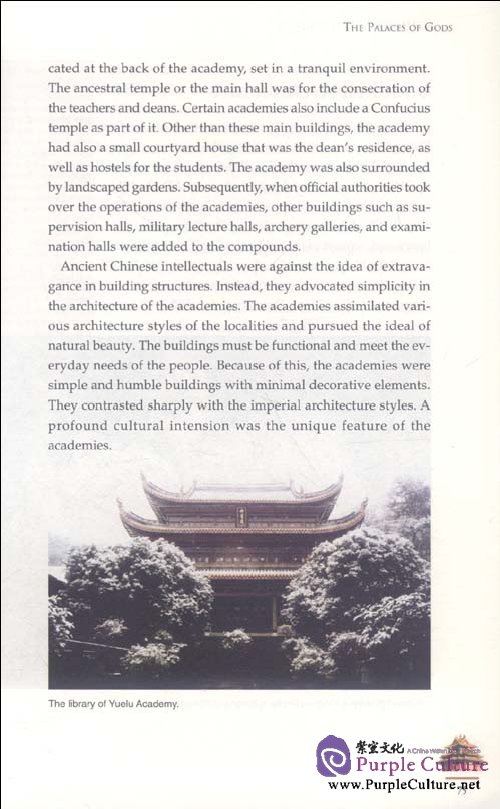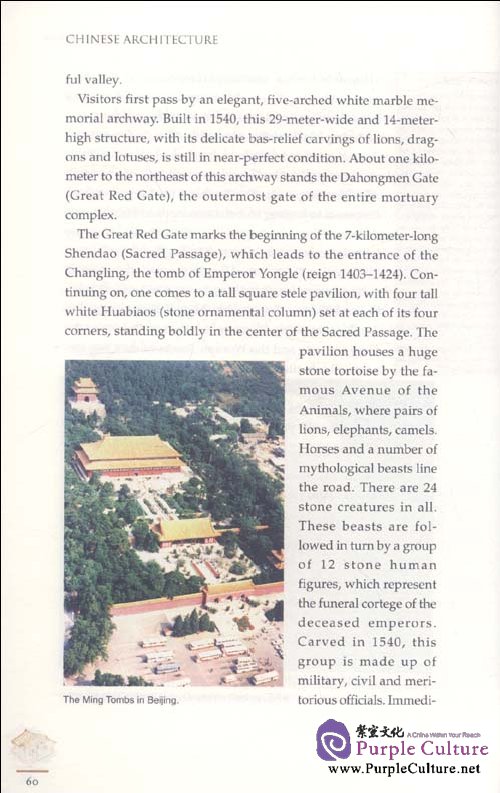Sample Pages Preview


The
Qin Mausoleum, located in Lintong County, Shaanxi Province, is
surrounded by the Lishan Mountains to the south and the Wei River to the
north. Such a location coincides the traditional
Chinese geomantic
omens because the site, surrounded by mountains and rivers, was an ideal
burial site for feudal emperors who believed they would lead a new life
in another world.
Construction of the Qin Mausoleum, the largest
imperial tomb in China, began in 247 BC soon after Qin Shihuangdi
ascended to the throne and was still underway at his death in 210 BC.
Construction of auxiliary projects was halted in 208 BC when troops
surrounded the imperial capital during an uprising.
Numerous groups
of people worked on the 39-years construction project, from high-ranking
officials such as Prime Minister LiSi who was in charge of the work, to
criminals forced to do manual labor. As many as 720,000 workers from
across the country helped onstruct the tomb.
PrefaceThe
history of China's architectural development can be traced back
thousands of years to the start of the ancient era. At that time,
ancient China's architectural structures were primarily composed of
wood, with brick, tile and stone supplementing. Ancient Chinese
architecture is not only a source of reference for modern Chinese
design, but its cultural heritage has also had an international
influence and attracted global attention. Appreciating ancient Chinese
architecture can be likened to opening up an enormous history book. The
legends of remote antiquity speak of the great military achievements of
the Qin emperor, the noble spirit of the Tang Dynasty, the palace
intrigues of the Ming Dynasty, not to mention the wisdom and
intelligence of the millions of ordinary laborers that are neglected by
the history books; all of their images are vividly recorded therein.

